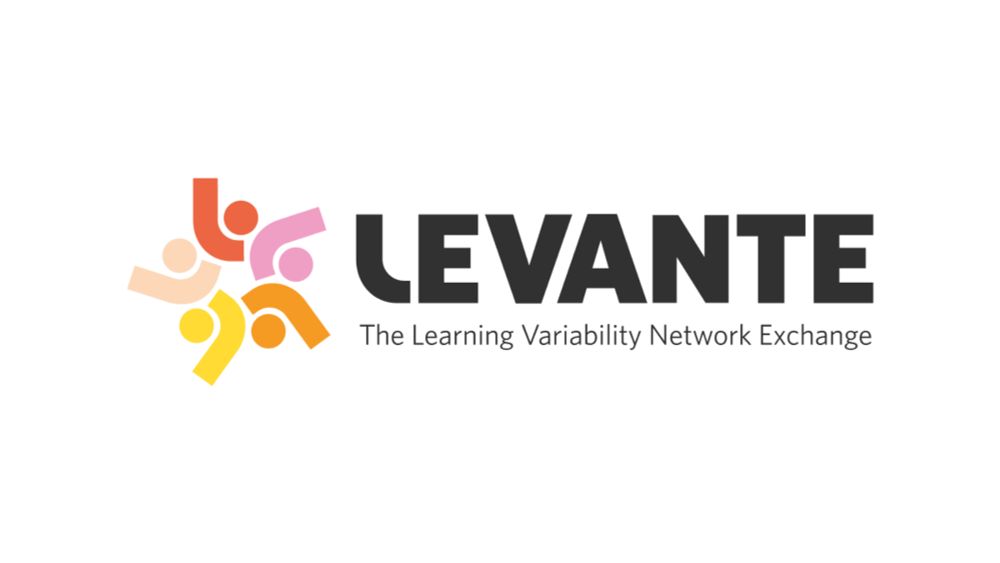Mike Frank
@mcxfrank.bsky.social
9.5K followers
930 following
330 posts
Cognitive scientist at Stanford. Open science advocate. Symbolic Systems Program director. Bluegrass picker, slow runner, dad. http://langcog.stanford.edu
Posts
Media
Videos
Starter Packs
Reposted by Mike Frank
Reposted by Mike Frank
Reposted by Mike Frank
Reposted by Mike Frank












